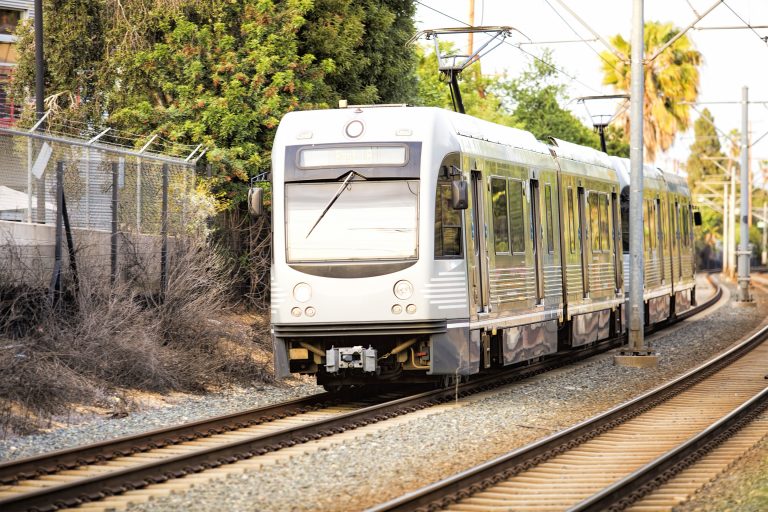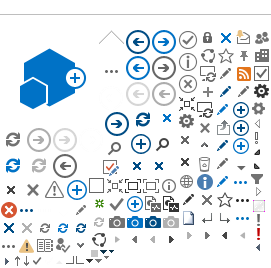The Metro “SafeTrack” project is underway to address safety recommendations and rehabilitate the Metrorail system. The Orange, Silver, Yellow and Blue Lines have already been impacted by “Safety Surges,” with the Red Line surge coming in August.
Here are tips to survive during the SafeTrack project:
- Visit www.traffic.nih.gov for NIH traffic information, commuting tools and workplace flexibility options.
- Notify your supervisor if your commute will be impacted (you can discuss workplace flexibility options found at: https://traffic.nih.gov/Pages/workschedule.aspx).
- Pay attention to the SafeTrack schedule (go to: http://wmata.com/rail/safetrack.cfm).
- Review Metro alerts and advisories (go to: http://www.wmata.com/rider_tools/metro_service_status/rail_bus.cfm?nocache).
- Plan ahead – explore alternative commuting options to avoid delays and overcrowding on trains.
- For Transhare members: Look for a targeted e-mail that provides alternative commuting options.
- You will receive this e-mail right before the surge that impacts your specific commute (based on your Transhare application).
- The e-mail will come from the Division of Amenities and Transportation Services (DATS), Employee Transportation Services Office (ETSO).
- Keep a positive attitude – know that the end result is a safer Metrorail system.

We understand that this will be a difficult time. For questions or concerns, please do not hesitate to contact the ETSO at nihparkingoffice@ors.od.nih.gov or (301) 496-5050. Additionally, DATS staff will have an information table on Thursday, July 28 near the entrance to the Medical Center Metro Station to help answer any SafeTrack questions.
